
nevada
.pdf
.Inc Glassteks, |
Plans Business Sample |
|
|
To reduce the effort required in obtaining feedstock for production, the company’s objective would be to establish business relationships with five suppliers or less that could provide 85 percent of the monthly feedstock. The remaining 15 percent would be obtained from “walk-in” suppliers. The important components involved in establishing a strong business relationship with suppliers include:
Regular, timely payments for feedstock. Suppliers must feel secure that they will be paid for their material Ability to pay is often more of a factor than price since most suppliers have already been paid for collecting their material and only want to offset their freight costs to
dispose of the material. Typical industry terms for payment of feedstock is 45 to 60 days. As an added incentive, the company may consider paying in 15 days for material received from suppliers (financial projections assume 45 days average).
Ability to accept material on a regular basis. A primary motivation of most collectors is to ‘get rid of’ their material as soon as possible once a shipment is ready. Delays from markets cause collectors to incur a warehouse expense forcing them to locate alternative outlets to alleviate their inventories. The company would establish regular shipping schedules with its primary suppliers. In some cases, large suppliers with the ability to ship on a regular basis would be issued Receiving Authorization numbers for a month in advance. This is mutually beneficial because the supplier has a regular shipping schedule established in advance while the company is able to schedule its production based upon anticipated shipments.
Long-term, professional relationship. Some of the companies who comprise the company’s group of primary suppliers are Fortune 500 companies. In the past, these companies have responded extremely well to the professional leadership exhibited by the company’s management team. The result has been mutually beneficial business partnerships. These suppliers typically seek long-term relationships with markets to reduce their marketing efforts.
Quality Control. Glassteks will only conduct business with suppliers that can maintain a high degree of quality control. Vendors will be evaluated against the following criteria:
•Contact potential buyers to get their specifications and acceptance policies, ability to remove contaminants, transport preference (truckload or rail car) and “furnace ready” requirements.
•Ask about buyers’ capacity to remove metals.
•Conduct inspections—before adding newly-collected glass to stored recyclables during loading for shipment.
•Glass containers break sufficiently with handling to allow for economic transport. Crushing the cullet will not add to its value.
•If stored outdoors, cullet should be placed on a concrete pad—not on the ground or asphalt—to avoid contamination from dirt orf gravel during loading. Cover cullet during cold or wet weather.
•When storing multiple loads of colored cullet, keep the cullet separated so no intermingling of colors can occur.
•Prior to loading cullet shipments, wash the truck bed. Inspect the truck bed and the tarp used to cover the load for any reside from a previous hall.
Materials accepted. Collectors prefer to commingle their material because it is the fastest and most cost-effective method of processing. Since the types of recyclable material accepted are usually dictated by local mandates, collectors would find it advantageous to sell to markets that could accept a wide variety of glass types. The number of glass types accepted by the company would be more than any other market known.
140 Writing Business Plans for Recycling Enterprises
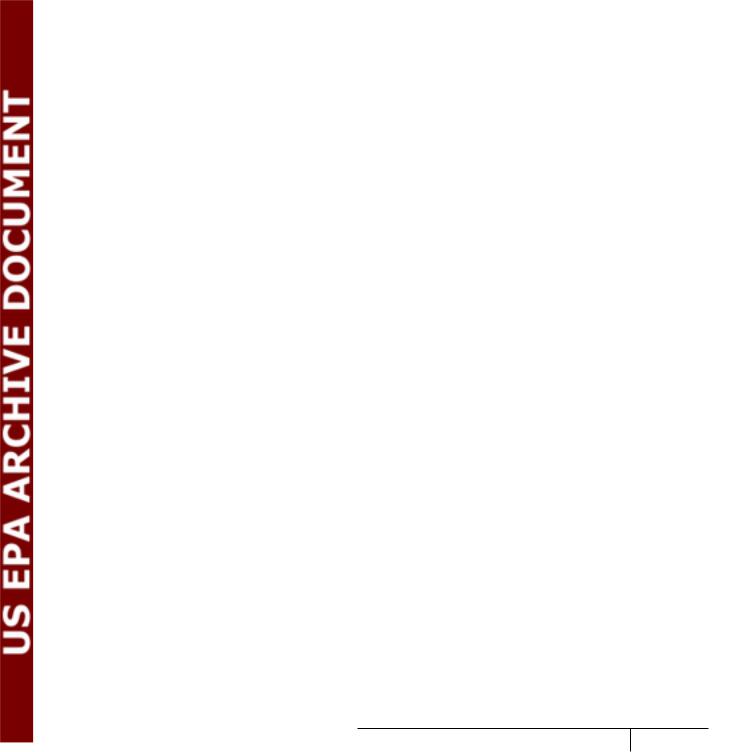
Feedstock Pricing
The company would hold a significant advantage as an outlet for commingled post-consumer glass bottles and, therefore, would be able to acquire its raw materials at a very advantageous price because most of the suppliers with whom the company would be dealing obtain their revenues for processing up front by charging a tipping fee or other method of pricing to cover their processing and overhead costs. They are usually willing to accept a price that minimizes or eliminates their cost of shipping the material to market. The primary motivation for them is to simply ‘get rid of’ the material without incurring additional costs.
Few outlets for commingled post-consumer glass exist. Therefore, many suppliers would tend to accept the prices offered by the company.
Once a supplier is located or contacts the company, the following criteria are used to establish a price for material acquired from that supplier:
•quality of material.
•supplier’s estimated shipping cost.
•available monthly supply.
•mix of material.
To establish itself with new suppliers, the company would purchase a few test shipments at a lesser price. The purchase price could be adjusted based upon how the material compares to the criteria listed above. In some cases, shipments containing unmarketable bottles or other contaminants in excess of 10 percent would either be subjected to the company’s shipment rejection policy or charged a tipping fee.
The Competition
It has been difficult to gain knowledge in the area of non-traditional glass markets as many of the key players are reluctant to share ideas, fearing it will create competition for their business. Vendors, recycling businesses, and universities alike have held much of their information as proprietary. Even in cases where Glassteks was negotiating to franchise with a company manufacturing an underdrain product, pertinent information was slow in surfacing or simply not provided. Despite this barrier, Glassteks and NOREX have remained determined to identify and secure a suitable market for the region’s glass.
Market Share
Because of the lack of available data it is not possible to determine the potential market share of glass silica material expected to be captured and retained by the company. The company is currently unaware of any companies in the region manufacturing waste glass into glass silica.
Following is a description of the applications for glass silica and the steps taken to secure markets for these applications.
Glassblasting
As a blasting material, cullet competes with sand, plastics, and metals, such as steel shot (steel particles). Discussions are ongoing with Kelly Industries, who currently uses chilled iron/steel grit for sandblasting. The particle size ranges from 50-80 grit and costs $460/ton. Kelly is interested in testing the product, believing that the glass may be a “friendlier” abrasive resulting in less warping of the objects being blasted.They have a system in place for collecting and recycling some of the material. They use a “bag house,” or dust collector, to separate the heavy dust from the light dust for reuse.
Representatives from the State Department of Transportation stated that they also use steel grit in blasting operations. They stated that there agency would need to conduct tests on the samples before experimenting with the product on a specific project.
Sample Business Plans |
Glassteks, Inc. |
|
|
Writing Business Plans for Recycling Enterprises 141

.Inc Glassteks, |
Plans Business Sample |
|
|
Pipe Casting
Discussions with local foundries have led Glassteks to examine the use of glass silica in casting molds used to shape metal alloys. The process involves packing molding sand around the casting pattern and then placing a core within the cast. The mold is then ready to be shaped. Preliminary research has revealed that glass begins to soften and bend at 1,000-1,500 degrees F, whereas alloy metals are generally molded at higher temperatures. However, Glassteks is continuing to investigate if a blend of glass and sand could be used in the process. Research is also being conducted to determine if there are other types of molding companies that might be able to use glass as a substitute in their casting process.
Glass Used as an Aggregate in Concrete
Glassteks is investigating the potential to use glass in garden pavers, patio bricks, decorative blocks, and similar landscaping applications. The process would involve mixing fine glass (as a substitute for sand) with Portland cement to create a base layer, and to then add coarse glass to give it color and an aggregate look. Glassteks has approached the State Department of Transportation about experimenting with glass on sidewalks and paths at their rest areas. The DOT has considered moving away from aggregate laid in concrete because in the rainy season, the aggregate can make for slippery footing posing safety concerns (In higher elevations, ice freezes up in the grooves of the walk. However, the glass aggregate product is believed to be able to refract rays from the sun, thereby melting any ice and snow). Glassteks is negotiating with a major commercial builder in the region about experimenting with glass aggregate. A letter of commitment is expected shortly.
Filler in Grit Surfaces
In industrial flooring, there are a wide range of epoxy resin floorings designed for safety, aesthetics, and sanitary surfaces. Industry uses grit to build body and create non-skid surfaces. Glassteks and NOREX plan to work with Sid Neibor of ORDOT, who may be willing to test the product in a specific building construction project location.
Glasstek’s address is 4250 East 20th Street, Sands, OR. It is located on the outskirts of Salem, Oregon, and situated midway between urban and rural areas. It has the advantage of being located near three major arteries and is easily accessible from many locations. As Glassteks currently accepts and processes recyclables at this facility, and is in compliance with all zoning ordinances, no additional ordinances would need to be addressed to implement this project.
Discussions are currently underway with several vendors to purchase the glass crushing equipment necessary for the project. One of the companies Glassteks originally intended to purchase equipment from has since decided not to sell their equipment. The vendor has elected to keep their equipment and technology proprietary to be used in their own beneficiation plant being planned for construction. If Glassteks determines the equipment available on the market is unsatisfactory, it will cooperate with local engineers to develop a glass crusher to meet their needs. The following is a list of criteria for selecting a glass crusher.
•Equipment costs.
•Safety Equipment, such as guards to protect workers from flying glass, rotating shafts, belts, pulleys, and other moving parts.
•Screening system to control particle size and debris level.
•Mechanism for controlling the speed at which the glass is crushed.
•Abrasion-resistant surfaces to protect against “wear and tear” on the machine.
•Conveyor belts to feed glass in and out of crusher.
•Crushing device that produces rounded and smooth-edged silica particles.
•Equipment powered by motors varying in size from 5 horse power to 25 horse power.
•Dimension specifications not to exceed 10 X 14.
Winona County has issued two permits to Glassteks for operation of its recycling facility. Glassteks currently holds a Solid Waste Collection and Transportation Permit, as well as an Intermediate Solid Waste Disposal Facility Permit. No additional permits will be required to implement this new project.
142 Writing Business Plans for Recycling Enterprises
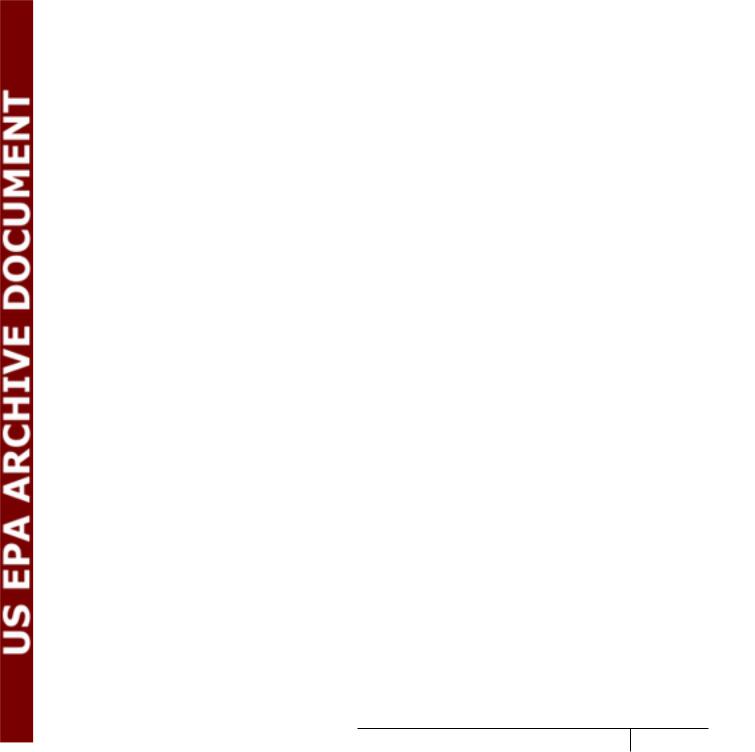
Glassteks and NOREX have investigated the potential hazard that glass dust may pose to employees, and has found no clear evidence that glass dust produced during the manufacturing process is hazardous. However, Glassteks intends to send silica samples to the Oregon Department of Labor and Industry, Department of Air Sampling Analysis, to be certain that any glass dust being produced is within acceptable levels. In addition, necessary protective clothing and gear will be worn by all employees to ensure their safety.
To further address the issue of air quality, the following passage was taken from the Clean Washington Center’s report entitled, “Glass Feedstock Evaluation Project: Evaluation of Cullet as a Construction Aggregate, Final Report,” p. 4.
“Air samples for silica tests were taken during the engineering test program of the glass cullet to assess the potential airborne risks from crystalline silica, which is a known carcinogen. Test results on these samples indicated crystalline silica concentrations of less than one percent, which is not considered hazardous by federal regulations. Therefore, cullet appears to have none of the health risks associated with silica sand.
Cullet is an abrasive material. Laboratory personnel experienced some skin irritation where very fine cullet fragments abraded the skin at shirt cuffs or collars. This irritation was prevented through the use of protective clothing which minimized bodily contact with cullet. Safety clothing normally used when working with natural aggregate should be worn when working with cullet.”
Pricing
The company has calculated a price of 16 cents per pound for manufactured product. This price is considerably below market rate for silica manufactured from virgin materials and pricing meets the company’s goals for profitability.
Promotion
Glassteks will work cooperatively with NOREX to research and approach prospective customers. Tapping into various resources, such as Oregon Technology, Glassteks plans to obtain additional assistance in marketing their product. Furthermore, Glassteks will utilize their metro sales representative to assist in identifying and contacting potential customers in the cities of Salem and Portland. Product specifications will be made available after Salem State University completes their research. After potential customers have experimented with the product, negotiations will begin to secure contracts for long-term purchase of the product. In an effort to further increase their exposure to potential customers, Glassteks will also participate in appropriate trade shows.
Form of Ownership
Glassteks, Inc. is a U.S. corporation formed in the State of Oregon.
Management/Personnel
The company has assembled an impressive management team that has amassed all necessary experience in engineering and environmental issues, plus sales and marketing, to make a success of this project.
William DeLuc, the President and Chief Engineer of the company has over 20 years’ experience in the recycling industry, has degrees in management and psychology, and has taken a number of courses in materials engineering (See attached resume).
Ann Boland, the Vice President and Director of Human Rsources has strong personnel management skills, as well as a degree in chemistry, and an advanced degree in psychology (See attached resume).
Sample Business Plans |
Glassteks, Inc. |
|
|
Writing Business Plans for Recycling Enterprises 143

.Inc Glassteks, |
Plans Business Sample |
|
|
It becomes obvious having the right employees to identify acceptable condition of goods, fair market price of goods and their ultimate resale value is essential. In addition to President and Vice President, Glassteks will assemble a dedicated team of employees who will be charged with the following responsibilities:
One full-time Operations Manager
Responsibilities: |
Inventory Control |
|
Building Maintenance |
|
Staff Scheduling |
|
Shipping |
|
Health and Safety Inspections |
Reports to: |
President and Chief Financial Officer |
One full-time Financial Manager |
|
Responsibilities: |
Material Pricing |
|
Vendor Payments and Receipts |
|
General Accounting |
|
Contract Development |
|
Bidding and Estimating |
|
Operating Budgets |
|
Payroll and Tax Remittance |
Reports to: |
Vice President and Director of Human Resources |
One full-time Engineer |
|
Responsibilities: |
Equipment Purchases and Set-up |
|
Shop Layout and Work Flow |
|
Process Controls |
|
Quality Control |
|
Storage, Sorting and Cleaning of Materials |
|
HVAC and Other Utility Maintenance |
Reports to: |
Operations Manager |
144 Writing Business Plans for Recycling Enterprises
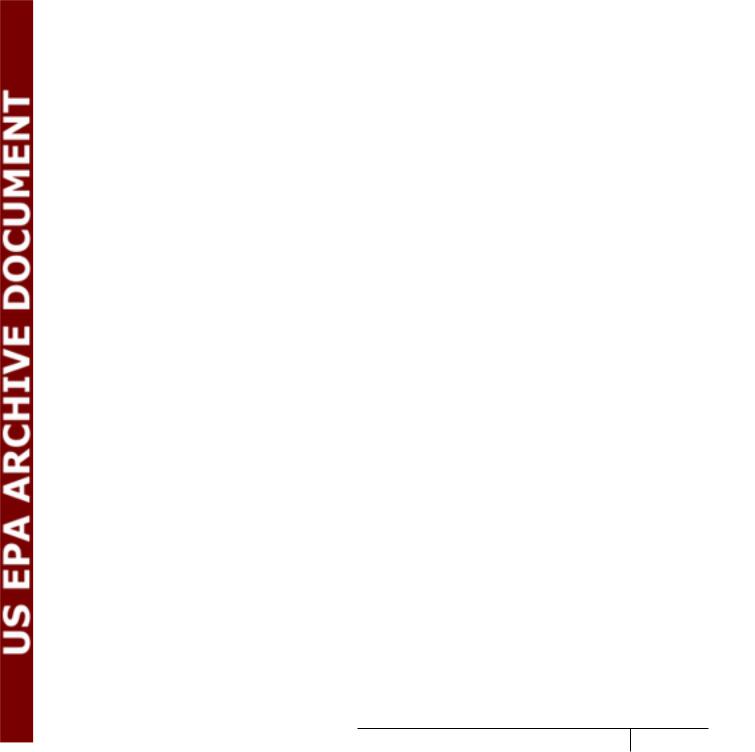
FINANCIAL FORECASTS
Financial Data
The purpose of this proposal is to secure $3,800,000 in funding to develop and establish a facility to recycle glass feedstock to manufacture glass silica.
Funding will be in the form of $1,000,000 in equity funding and $2,800,000 in debt financing and will be utilized as follows:
Engineering studies, etc. |
$20,000 |
Deposits, etc. |
30,000 |
Insurance |
20,000 |
Legal |
20,000 |
Subtotal |
$90,000 |
Office equipment |
$35,000 |
Initial advertising |
30,000 |
Subtotal |
$65,000 |
Total start-up capital |
$3,295,000 |
Working capital reserve |
$505,000 |
Production Schedules
Production schedules have been estimated to generate the following revenue.
|
|
Lbs. Per |
Total |
$ per |
Total |
Period |
Hours |
Hour |
Pounds |
Pound |
Revenue |
1st quarter |
100 |
4,000 |
400,000 |
.16 |
$64,000 |
2nd quarter |
190 |
4,000 |
760,000 |
.16 |
121,600 |
3rd quarter |
320 |
4,000 |
1,280,000 |
.16 |
204,800 |
4th quarter |
320 |
6,000 |
1,920,000 |
.16 |
307,200 |
|
total annual revenue - year 1 |
|
|
$1,795,200 |
|
5th quarter |
320 |
6,000 |
1,920,000 |
.16 |
$307,200 |
6th quarter |
320 |
8,000 |
2,560,000 |
.16 |
409,600 |
7th quarter |
320 |
8,000 |
2,560,000 |
.16 |
409,600 |
8th quarter |
320 |
10,000 |
3,200,000 |
.16 |
512,000 |
|
total annual revenue - year 2 |
|
|
$4,710,400 |
|
9th quarter |
320 |
10,000 |
3,200,000 |
.16 |
$512,000 |
10th quarter |
320 |
10,000 |
3,200,000 |
.16 |
512,000 |
11th quarter |
320 |
12,000 |
3,840,000 |
.16 |
614,400 |
12th quarter |
320 |
12,000 |
3,840,000 |
.16 |
614,400 |
|
total annual revenue - year 3 |
|
|
$6,656,000 |
|
Sample Business Plans |
Glassteks, Inc. |
|
|
Writing Business Plans for Recycling Enterprises 145

.Inc Glassteks, |
Plans Business Sample |
|
|
Salaries and Benefits
Annual salaries are projected for the following company personnel (year one only), moderate pay increases applied in years 2 and 3.
SHOP PERSONNEL |
|
Staff #1 ($6/hour) |
$12,480 |
Staff #2 ($6/hour) |
12,480 |
Staff #3 ($8/hour) |
16,640 |
Staff #4 ($8/hour) |
16,640 |
Staff #5 ($8/hour) |
16,640 |
Total Shop |
$74,880 |
SHOP BENEFITS |
$6,840 |
MANAGEMENT |
|
President |
$45,000 |
Vice President |
40,000 |
Operations Manager |
40,000 |
Financial Manager |
25,000 |
Engineer |
16,000 |
Total Management |
$166,000 |
MANAGEMENT BENEFITS |
$27,240 |
Other Significant Assumptions
1.Loans
A)Initial debt service of $2,800,000 is financed over a five year term at 8.5% annual percentage rate.
B)An additional $1,500,00 is financed in month eight of year one, for the addition of three production lines; same terms of above. Equipment anticipated for purchase include:
Equipment (crushers) |
$1,300,000 |
Installation |
50,000 |
Dust collectors |
10,000 |
Lease hold improvements |
35,000 |
Subtotal |
$1,395,000 |
Equipment shipping |
$45,000 |
Conveyor systems |
60,000 |
Subtotal |
$105,000 |
146 Writing Business Plans for Recycling Enterprises
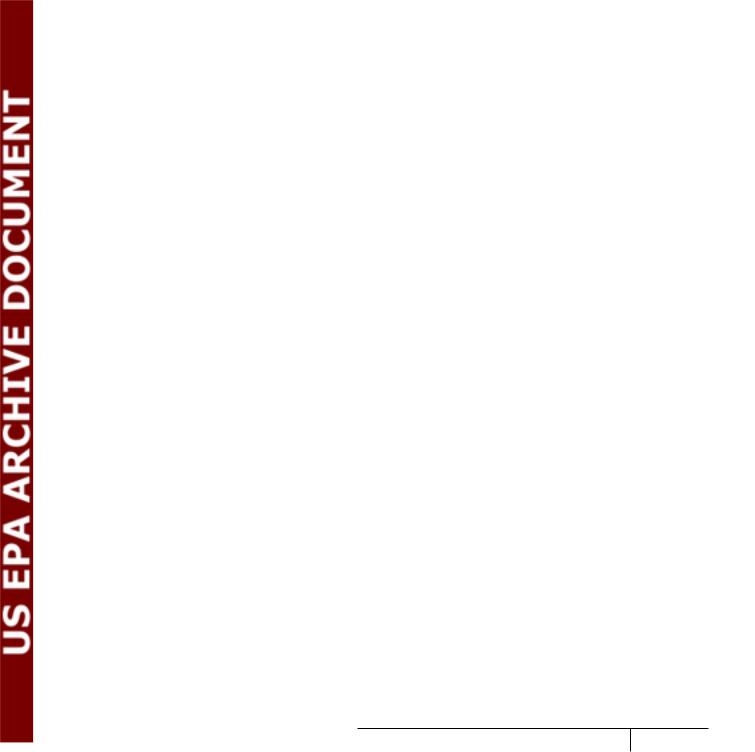
C)An additional $600,000 is financed in month four of year two, as partial financing for two additional production lines. Equipment anticipated for purchase include:
Equipment (crushers) |
$520,000 |
|
|
||
Installation |
20,000 |
|
|
||
Dust collectors |
4,000 |
|
|
||
Lease hold improvements |
14,000 |
|
|
||
|
Subtotal |
$55,000 |
|
|
|
Equipment shipping |
$18,000 |
|
|
||
Conveyor systems |
24,000 |
|
|
||
|
Subtotal |
$42,000 |
|
|
|
2. |
Corporate income tax liability is calculated at 35% of net profit before tax. |
|
|||
3. |
Gross wages constitute salaries & wages for management and production salaries |
|
|||
|
(see salary schedule). |
|
|
|
|
4. |
Payroll expense includes employee portion of Social Security contributions for all employees - |
|
|||
|
management and production. Also included is Unemployment Benefit Insurance. |
|
|||
5. |
Fringe benefits are calculated at $454.00 per month for all management personnel which |
|
|
||
|
|
||||
|
constitutes payments for PHP Family Plan Health Insurance benefits. |
BusinessSamplePlans |
|
||
6. |
First year operating expenses include startup costs for advertising, accounting and legal, utilities, |
Glassteks,Inc. |
|||
|
insurance and engineering and licensing fees. |
||||
7. |
Insurance premiums cover buildings, vehicles, general liability and workers compensation. |
||||
|
|
||||
|
Liability coverage is |
|
|
|
|
|
|
|
|
|
|
Writing Business Plans for Recycling Enterprises 147

.Inc Glassteks, |
Plans Business Sample |
|
|
Ann K. Boland
EDUCATION
Southern Illinois University, Carbondale, IL
Master’s in Business Administration, December 1983
University of Wisconsin, Eau Claire, Eau Claire, WI
Bachelor of Arts in Psychology with a minor in Chemistry, 1980
State of Minnesota
Licensed Social Worker
EXPERIENCE
GLASSTEKS, INC., 1991-PRESENT
Vice President for Development responsible for management of the recycling, training programs, employment department direction, and community outreach. Directs fund raising events, grant writing, marketing material, public relations, and the company safety program.
GLASSTEKS, INC., 1980-1991
Employment Manager responsible for hiring and expanding employment programs, orientation programs, scheduling, supervising, and evaluating staff. Develop and implement program evaluation, inform all staff on Department of Labor regulations. Develop employment sites, drafting bids and contracts. Responsible for educating the public on recycling priorities. Case management for consumers of the program.
RECYCLE INDUSTRIES, 1987-1991
Job Placement Specialist teaching job readiness training and job seeking skills classes. Established employer contacts and record maintenance.
148 Writing Business Plans for Recycling Enterprises
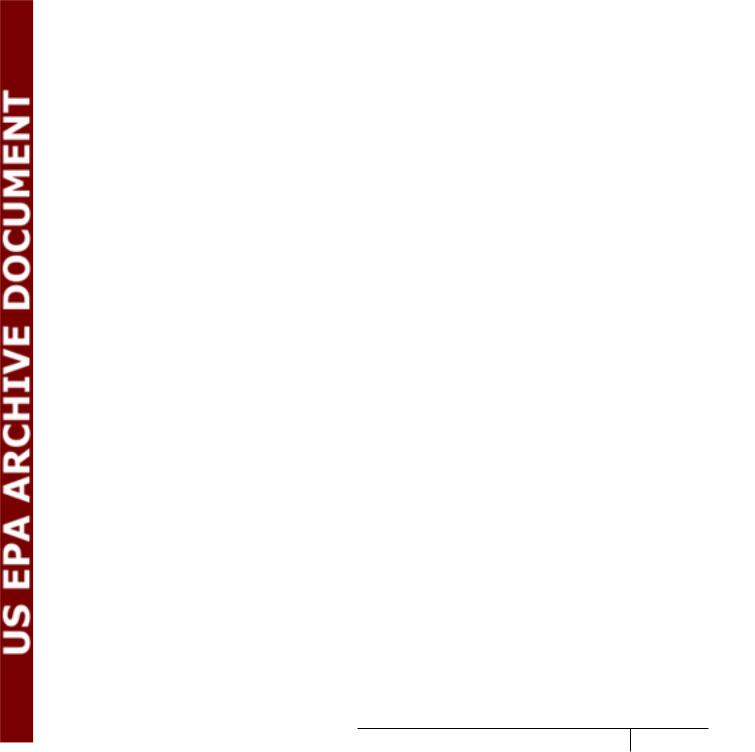
William James LeDuc
PROFESSIONAL EXPERIENCE
GLASSTEKS, INC., 1983-PRESENT
President, responsible for overall management and operation of the corporation under the direction of the Board of Directors. Directs professional staff, business operations, program development, and fund raising. In July of 1983, Glassteks, Inc., was separated from Recycle Industries of Portland, Oregon. The corporation has shown a net gain in every fiscal year since that time, while more than doubling in size, both in annual budget and number of consumers served. Glassteks is an accredited recycling company with eight core programs, and is considered a leader in developing innovative and cost-effective recycling programs suited to the needs and priorities of the Pacific Northwest
RECYCLE INDUSTRIES, INC., 1977-1983.
General Manager responsible for the management of staff and administration of programs, client services and plant operations. Reported to the President of Recycle Industries in Seattle, Washington. Major achievements during this period include expansion of staff from six to twelve, first professional accreditation of facility, 50% increase in client load, and 32% increase in business income. A corporate and foundation fundraising effort resulted in the construction of a new $345,000 facility.
RECYCLE INDUSTRIES, INC., 1976-1977
Placement counselor responsible for placing clients into competitive employment and providing follow-up counseling, teaching job skills and job awareness classes, establishing employer contacts and maintaining records of these contacts, public relations, and related duties.
ABILITY BUILDING CENTER, (FARGO, ND), 1970-1975
Coordinator of Vocational Evaluation responsible for writing vocational evaluation reports, intake procedures for consumers entering programs, supervision of aptitude and interest testing, work evaluation in shop settings, vocational counseling, hiring overload production workers, and related management duties.
EDUCATION
University of Oregon; Masters in Business Administration, 1967. Emphasis on Management and Management Information Systems.
North Dakota State University, Fargo,North Dakota, Bachelors Degree in Psychology, 1965.
Have also completed 12 graduate credits in Materials Technology at Salem State University.
Sample Business Plans |
Glassteks, Inc. |
|
|
Writing Business Plans for Recycling Enterprises 149
